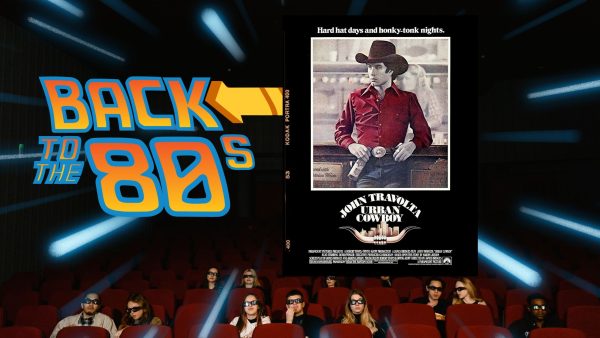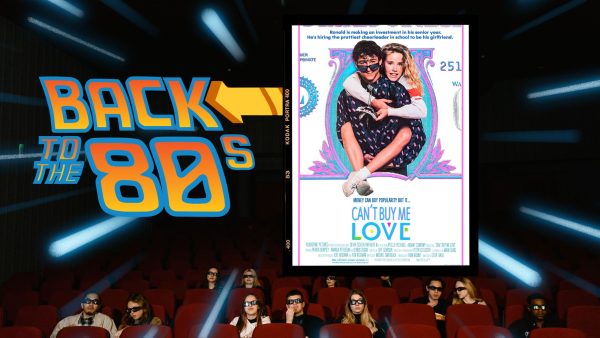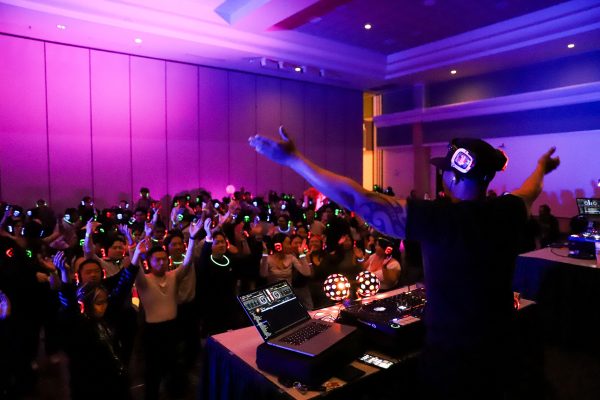Females dominated lead roles in 2012
Jennifer Lawrence arrives at the 83rd Annual Academy Awards at the Kodak Theatre in Los Angeles, on Feb. 27, 2011.
December 5, 2012
This year films with strong, swashbuckling heroines dominated the screen.
“The Hunger Games,” “Snow White and the Huntsman” and “Prometheus” made more than $300 million at the worldwide box office.
Over the Thanksgiving holiday, “The Twilight Saga: Breaking Dawn – Part 2,” the final installment in the “The Twilight Saga” featuring young teen heroine Bella Swan, was able to knock the ultimate guy’s action hero James Bond from his spot atop the US box office.
The recent output of movies with strong female protagonists, and those movies’ success, represents significant progress in showing inspiring images of women and giving girls new possibilities in what they can aspire to be.
“It sets a good example for the next generation. (The heroines) all took initiative to do what they wanted and follow their dreams,” said sophomore psychology major AJ Sandoval.
Sophomore child development major Davi Ridley agreed because the movies provide a powerful challenge to the history of sexism in the media. “It’s good to see because women are objectified in hip hop music,” Ridley said.
In “Snow White and the Huntsman,” a reimagining of the classic fairytale, Snow White is not merely a damsel in distress. At the film’s climax she straps on a suit of armor and takes command of the troops, leading them into battle against the evil Queen Ravenna.
The powerful message of, “you can be anything” was on broad display in Pixar’s family film “Brave.” Far ahead of its release in June, “Brave” was generating buzz for being the first Pixar film to feature a female protagonist and to be co-directed by a woman.
The lead character, Merida, is a Scottish princess who departs from the traditional princess archetype in how finding her Prince Charming is not at the top of her priorities. Instead, she desires to carve out her own path in life. The tomboyish Merida defies the royal expectations to marry. She also eschews traditionally ladylike behavior in favor of practicing archery – a skill she surpasses the boys at.
Katniss Everdeen, heroine of the popular “The Hunger Games” and fellow wielder of the bow and arrow, is strong-willed and willing to do whatever it takes to survive the brutal reality TV show she’s a contestant in. Like Merida, she is proficient in abilities usually given to male protagonists, such as hunting. The film shows her using her wiles to outsmart other contestants and take control of the game, in which the last person left alive wins, into her own hands.
In the sci-fi film “Prometheus,” a prequel to the “Alien” film series, Elizabeth Shaw is an accomplished archaeologist leading a team of scientists aboard a spaceship on a quest to uncover the origins of humanity. She sticks by her beliefs about humanity’s origins in the midst of doubtful male crewmembers and ventures into dangerous territory on another planet to find the answers to her scientific questions.
The representations of these protagonists are doing well to carry on the torch of past warrior women such as Buffy Summers, the lead character of the iconic nineties TV show “Buffy the Vampire Slayer.” Writer Joss Whedon, who is known for writing strong female characters into his works, created “Buffy.”
Whedon is trying to make strong females the norm in film and TV rather than the exception. In 2006, a reporter asked Whedon why he writes such strong female characters, to which Whedon’s response was, “Because you’re still asking me that question.” Buffy has become a poster child for the strong female in pop culture.
However, the promising trend of women as action heroes stands in stark contrast to the deep-rooted sexism and underrepresentation of females in Hollywood. A study by the Geena Davis Institute on Gender in Media reported a serious lack of women in American family films.
In the top 129 family films released between 2006 and 2011, only two women were shown to be CEOs or Presidents of companies. Although women comprise 51 percent of the population, they made up only 28.3 percent of female characters in family-geared films.
“The Hunger Games” and “Twilight” were also more likely to have the support of movie studios because they were based on successful young adult novels, which made the marketing of the films easier.
Change in the moviemaking world does not happen overnight, but the burgeoning tough female genre should be a signal to Hollywood that women want more female-centric films and their influence in the movie marketplace can no longer be underestimated.
Christine can be reached at: [email protected]







































































































































